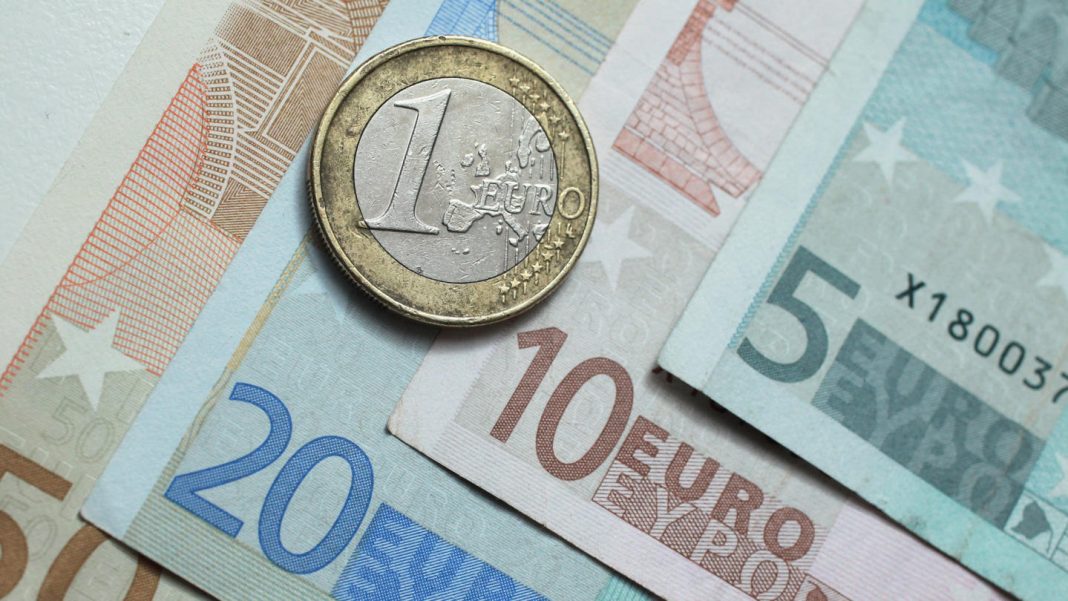The euro managed to come off four-month lows below the 1.09 handle yesterday but the momentum was too slow and shallow to call a bottom. Furthermore, EURUSD struggles to extend its bullish correction on Wednesday despite risk sentiment continues to improve as coronavirus concerns abate further. The pair now faces the immediate resistance around 1.0925 and is yet to confirm a rebound above 1.09.
Fundamentally, the common currency is looking less attractive for buyers at this stage, as the latest economic reports out of the United States come on the positive side mostly, further easing worries about a possible recession in the country. Also, upbeat figures reduce the likelihood of further rate cuts by the Federal Reserve. Of note, in his yesterday’s speech, the Fed Governor Jerome Powell delivered a mostly positive tone on the economy, which fueled dollar demand nearly across the board. In this context, the greenback obviously looks more appealing. Moreover, even as investor sentiment improves this week, the euro struggles to bring back bulls in the market, which is a negative sign of its weakness.
In recent developments, S&P Global said that coronavirus impact may shave 0.1-0.2% off Eurozone and UK growth this year. Meanwhile, the ECB official Makhlouf noted that coronavirus has potential for negative short-term shock to international economic growth.
From the technical point of view, EURUSD needs to overcome the 1.0925 intermediate resistance in order to retarget the 1.0950-1.0960 region which is standing on the way towards the 1.10 level. Once the recovery above 1.09 confirmed, we may start to cautiously call a bottom. Still, it looks like the pair may yet suffer fresh losses in the short term should risk appetite wane again. On the downside, if the prices get back below the 1.09 level, the lows around 1.0890 could be challenged, and the pair could slip to lows around 1.0980, not seen since early October. In a wider picture, the single currency remains bearish as long as the pair stays below both the 100- and 200-daily moving averages.

























